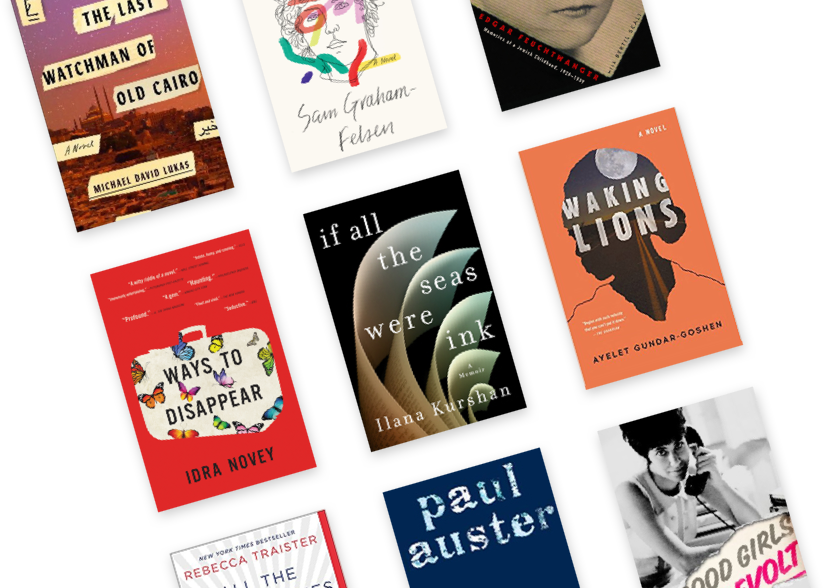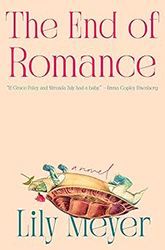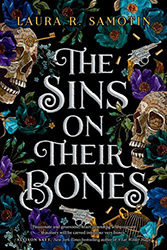Glass Century, Ross Barkan’s ambitious and wide-reaching second novel, starts with a comedic deceit: Saul Plotz, married father of two, arranges a fake wedding with his lover, Mona Glass, to trick and appease Mona’s old-world parents. It’s New York City in the early seventies, and the two lovers believe that, despite their fictional union, their arrangement — involving Saul sneaking out to see Mona on a weekly basis — will be okay, at least for now. Mona doesn’t want any more of Saul than she already has, and Saul isn’t willing to give up his family life in Long Island. They believe that things will eventually work themselves out.
Following the “wedding,” the novel depicts the course of Mona and Saul’s relationship through the next fifty years, as they grow close and separate, grow close and separate. Like in Sex and the City, New York City acts as an extra protagonist in this romance: seemingly every large change and tragedy the city has experienced — from the ’77 blackout, to 9/11, and later to the devastation covid caused — is shown. As a photographer for the alternative tabloid, The Daily Raider, and later for the Post, Mona darts through the city with her camera, while Saul, lifelong political bureaucrat, rubs elbows with mayors, Rockefellers, and, in an early scene, a young Donald Trump.
Although the focus on New York City is well-detailed and engrossing, it does give the feeling that the plot and its characters follow the city’s whims, rather than having the characters lead the charge. This, in part, seems to be the point — how the city influences the individual, how the characters are always at the whim of greater forces outside their control — but it also sometimes dampens the novel’s momentum. Similarly, the novel’s scope sometimes extends beyond what the narrative can carry. Saul’s son by marriage, who is disillusioned with his family and society at large, receives a portion of the novel’s attention, as does the son Saul and Mona have. Although they are both well-developed characters, the switches to their perspectives, accompanied by large jumps in time between them, also diminish the novel’s sense of direction. Nevertheless, the pieces ultimately come together in a satisfying way.
One of the novel’s greatest strengths is its dialogue. Barkan’s ear for speech is impeccable; pages-long conversations float by, with a palpable rhythm and a clear, consistent voice. In this, the characters’ out-loud meditations on time, battling a cosmic sense of lawlessness and chaos, and the challenges of living a peopled, purpose-driven life are compelling and convincing.
Glass Century earns its place in the canon of the New York City novel, along with Don Delillo’s Underworld, Tom Wolfe’s The Bonfire of the Vanities, E. L. Doctorow’s Ragtime, and many others.
Benjamin Selesnick is a psychotherapist in New Jersey. His writing has appeared in Barely South Review, Lunch Ticket, Tel Aviv Review of Books, and other publications. He holds an MFA in fiction from Rutgers University-Newark.





